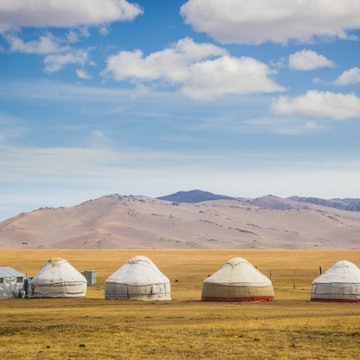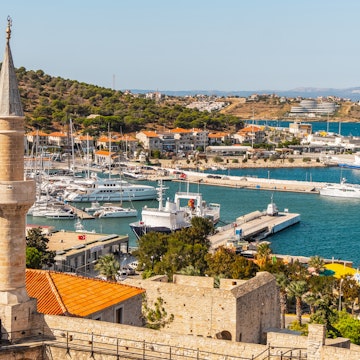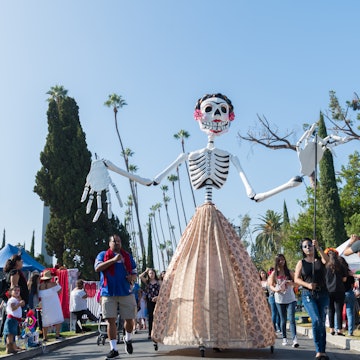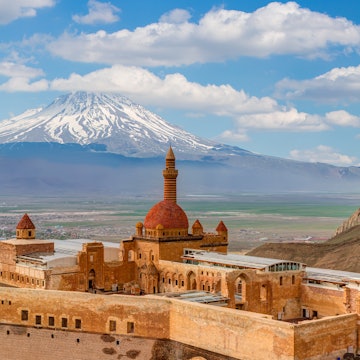
This region of eastern Turkey is the ancestral home of the Kardashians
Oct 16, 2019 • 5 min read

The majestic İshak Paşa Palace. muratart / Shutterstock
Keeping Up With The Kardashians is quite simply one of the most popular and successful reality shows of all time. Yet few could have imagined that the Kardashians, who are among the world's wealthiest reality TV stars, can trace their roots to a magnificent Armenian kingdom which now lies in crumbling ruins deep in the heart of Northeastern Anatolia in modern-day Turkey.
Rags and riches in the wild east
The juxtaposition of Kim's lavish Western lifestyle with the humble and conservative farming communities that now inhabit her ancestors' lands is almost inconceivable; as are the stories of how her great-great-grandfather fled to Hollywood to escape the relocation of Armenians to the Syrian desert, a tragedy that resulted in over 1 million deaths and that Armenians maintain was a genocide. Kim's history is far more compelling than any of the scripted scenes you'll see on her show, and it's available to visit.
This is the controversial journey that few travellers ever take, but it's an unmissable one. The gateway is in Kars, where flights regularly head from Istanbul. The furthest frontier of Turkey before the Armenian border, this exotic city belongs to a land so far east that there is no trace of European influence.
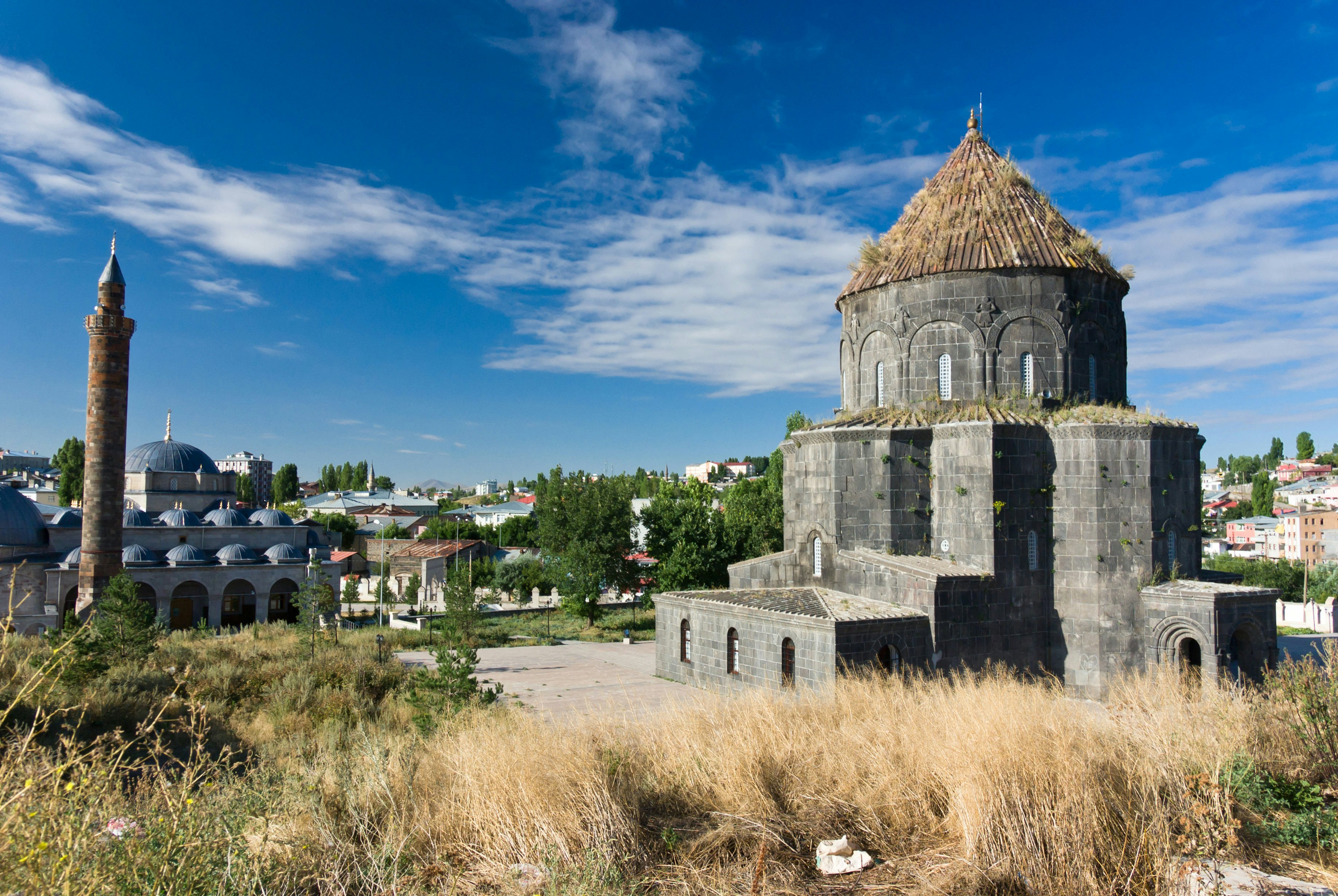
A mix of cultures in Kars
The blend of cultures will confound travellers' every expectation. Over the centuries, large Russian, Kurdish, Azerbaijani and Armenian populations made their homes there, and the mix is still present. The call to prayer blasts out from minarets one minute, while a crowd of partygoers turn up the volume on a Kurdish pop tune the next. Balalaikas (Russian stringed musical instruments) hang on restaurant walls as a nod to Baltic roots. Meanwhile at hotels such as Cheltikov, sparkling Russian chandeliers compete for space with traditional Turkish lanterns hanging from the same antique wood-panelled ceiling. Classically Russian churches have been converted to mosques, with minarets added and crosses torn from the buildings' frameworks. The best place for a panoramic view of the city's multicultural skyline is the hill hosting Kars Castle.
Elsewhere, while no-one can claim to know what Kim might make of the fashion choices here, some of the heels fronting shop windows will set buyers back just 40TL: equivalent to less than £6, and less than half the price of a jar of local honey.
Although you're surrounded by Armenian architecture and symbolism, the communities that created them have long since disappeared. Why? The answer lies in a visit to nearby Ani.

The history of a fallen kingdom
For a glimpse of Kim's ancestral culture, heading to the most resilient jewel in Northeast Anatolia's crown is essential. The long abandoned city of Ani was once a prosperous location on the Silk Road trade route, perfectly situated for locals to transport goods to Iran and China. Back in the 10th century, it was ruled by a powerful Armenian king, Smbat Bagratuni II. Kim's forefathers, along with up to 200,000 others, gathered in Ani. Over the centuries, the walled city repeatedly bounced back from invader attacks by Kurds, Turks, Georgians, Mongolians and Russians (not to mention earthquakes), but it gradually crumbled, destined to become a land that time forgot.
Those Armenians that remained in Turkey faced hardship, but, as the legend goes, an 11-year-old prophet predicted a monumental genocide, urging locals to flee to Los Angeles. As their villages were in the shadow of biblical Mount Ararat (where Noah's Ark was later claimed to have come to rest), many were adamant that they would be protected by God. Yet among those who listened and made the trip to the USA was Kim's great-great-grandfather, who escaped the 1915 tragedy as a result. The rest of course is reality TV history, but what can travellers see of his former land today?
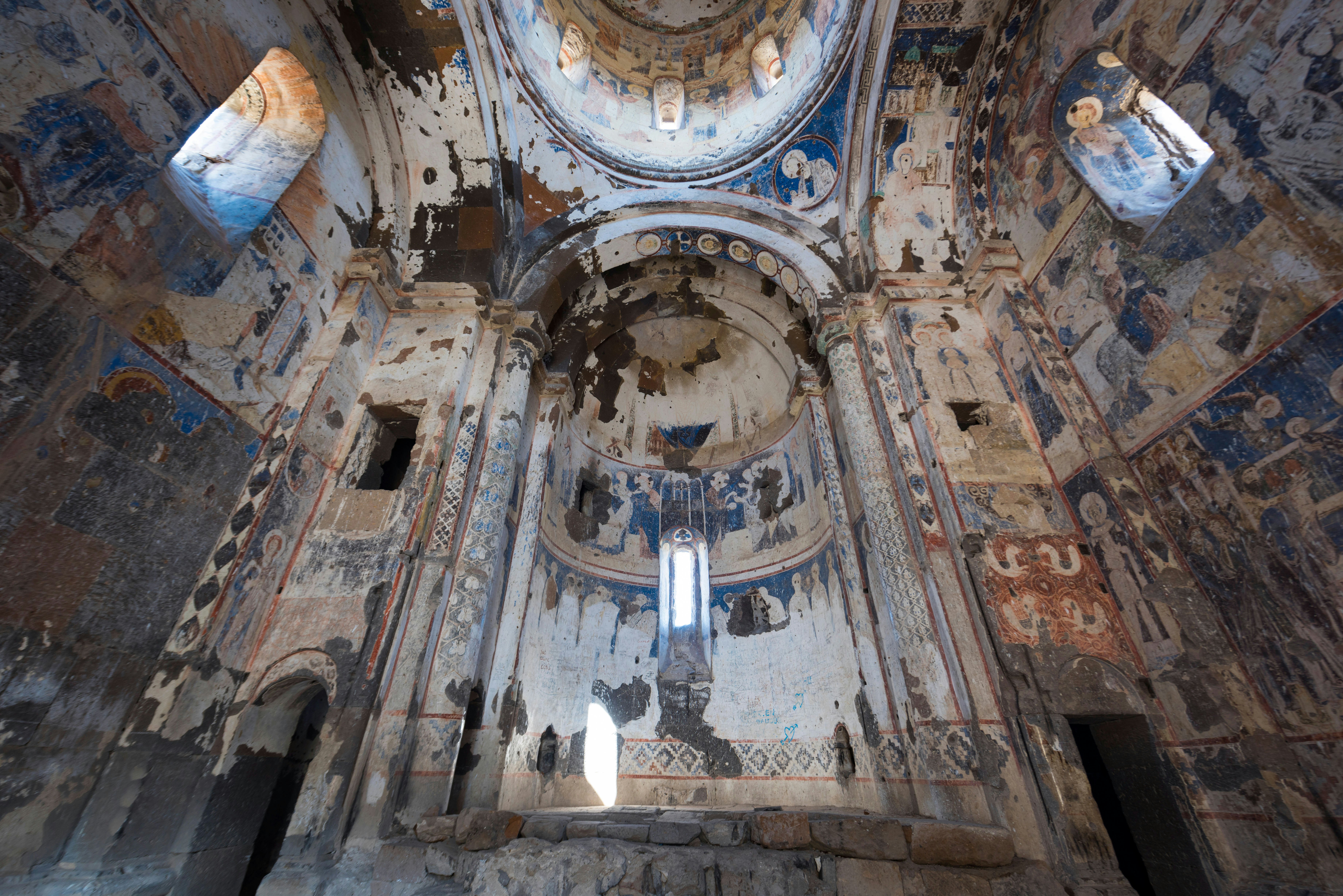
An amble through Ani
That which remains of Armenian Turkey can be found here in this visually arresting and often remarkably well-preserved collection of outdoor ruins. Churches, monasteries and a collection of stone structures that once made up a large and lucrative bazaar are all within a very easy hike of each other. One of Ani's most notable buildings is its cathedral, which has existed since the 10th century, withstanding even earthquakes.
Other traces of Armenian influence include the ornate frescoes in the Church of St Gregory The Illuminator. There are also signs of Muslim conquest: near the gorge that separates Turkish territory from the Armenian border lies the picturesque Manuçehr Camii, the earliest Seljuk Turk mosque in all of Anatolia.
Eagle-eyed visitors will even spot a 4th-century fire temple, made all the more intriguing by rumours that some of Kim's ancestors belonged to a Zoroastrian fire-worshipping cult. Other attractions include a castle atop a hill, and the cave dwellings and pigeon houses of Ani's Underground City carved into the rock. The area is often as deserted now as it was at the time of its abandonment; even in high season, travellers can often find themselves the only visitors in sight.
From Armenian villages to desert drives
Further west, there are small Armenian villages still inhabited today. Modest stone barns stand in rural fields, surrounded by sheep, cows and donkeys. It's an unlikely setting for reality show fans, but ask a local shepherd if he knows who Kim Kardashian is, and his face may light up in recognition.
Next, a brief detour to Doğubayazıt will not disappoint. As you drive down the motorway, the scenery will shift dramatically, with near-biblical landscapes appearing, some of which could also be mistaken for the fringes of the Kalahari Desert. After a glimpse of Mount Ararat on the skyline, the majestic İshak Paşa Palace will eventually come into view atop a lofty hill. Another cultural mix of Armenian, Georgian and Seljuk styles, its impressive minarets stand out even from afar.

Akdamar Island and beyond
After a half-day visit here, Van is next. Besides a picturesque lake and a delicious food scene that will leave anyone lingering here bursting at the seams, there are significant traces of Kim's forefathers. The best can be found via a short ferry ride to Akdamar Island, occupied only by an Armenian church alongside stunning views over the water. Reliefs ranging from Adam and Eve to Muslim leaders can be seen externally, while impressive interiors await too. Back in the city, Kim would doubtless approve of the glitzy gold staircase and mirrored walls of the Elite World hotel – a veritable Ottoman palace.
You might also like these
Turkey's treasures: 7 incredible ancient sites
How to spend a perfect weekend in İstanbul
Urla's earthly delights: putting Turkish wine on the map











